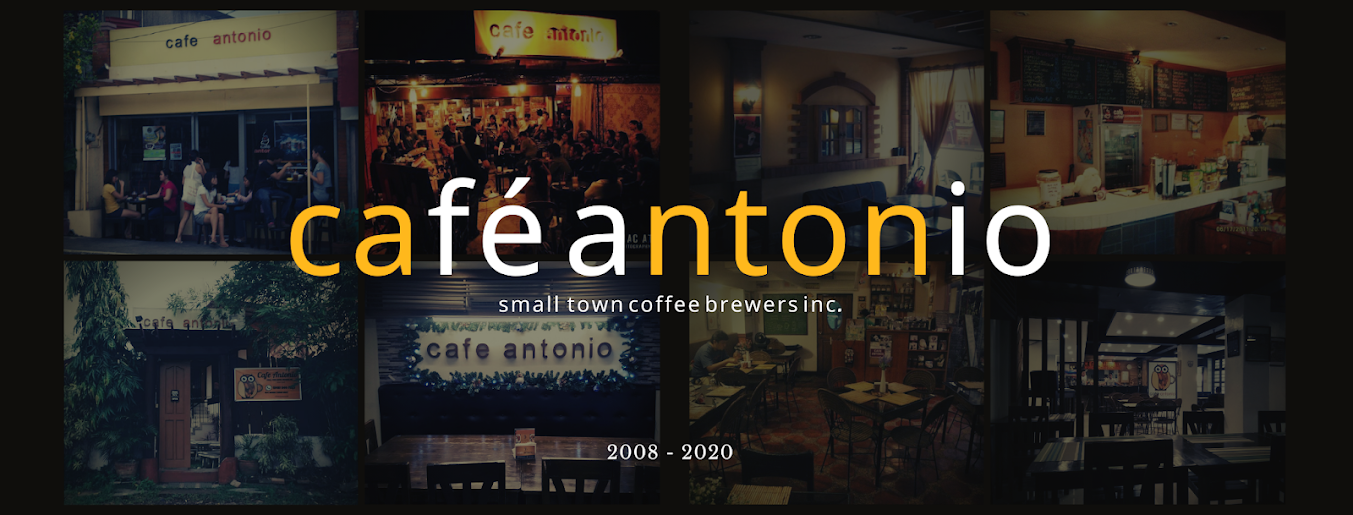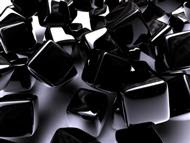Source: http://scaa.org/?page=RicArtp1
Article by Ric Rhinehart: What is Specialty Coffee?
In a 1998 article for the Specialty Coffee Chronicle Don Holly wrote the following as he grappled with the question of defining specialty coffee: "My understanding of the origin of the term 'specialty coffee' is that it was first coined by Erna Knutsen, of Knutsen Coffee Ltd., in a speech to the delegates of an international coffee conference in Montreuil, France, in 1978. In essence, the concept was quite simple: special geographic microclimates produce beans with unique flavor profiles, which she referred to as 'specialty coffees.' Underlying this idea of coffee appellations was the fundamental premise that specialty coffee beans would always be well prepared, freshly roasted, and properly brewed. This was the craft of the specialty coffee industry that had been slowly evolving during the twenty-year period preceding her speech. The Specialty Coffee Association of America (SCAA) continues to define specialty in this context." This reference was the basis from which we have built the case for specialty coffee over the history of our organization.
On closer inspection it becomes clear that the unique chain of custody of coffee dramatically impacts the ways in which we can recognize, develop and promote the specialty product. Unlike wine, the beverage we often use as analogous to coffee, there are typically many actors involved in the control of production and delivery of the final beverage. In the wine model, a single individual or company might well be responsible for the planting, husbandry, harvesting, initial processing, further processing and packaging of the grapes and ultimately the resulting beverage. Moreover, the service of wine is dependent on nothing more complex than extracting a cork and pouring the product into a suitable glass. Coffee, on the other hand, most often arrives in the final consumers hand after a long series of baton hand offs from farmer to miller to intermediaries to roaster to brewer, and the final experience is dependent on no single actor in the chain dropping the baton. Thus, in order to truly look at what specialty coffee is, we must examine the roles that each plays and create a definition for specialty at each stage of the game.
The first key concept here and through the supply chain, is potential. Until the moment that the roasted coffee is brewed and transformed into a beverage, the concept of specialty coffee is locked up as a possibility, just a potentially wonderful gustatory experience. Starting at ground level, so to speak, we must limit specialty coffee to those that are drawn from the appropriate intersection of cultivar, microclimate, soil chemistry and husbandry. Plant a great variety of coffee at the wrong altitude or in the wrong soil and no specialty product can be produced or get the right combination of cultivar and chemistry, but the wrong climate and the potential for quality is destroyed. Ultimately, plant husbandry is essential to the preservation of potential.
The next key concept is preservation. A ripe coffee cherry on a healthy plant of suitable ancestry planted in the right soil, blessed with appropriate climatic conditions and cared for properly must be picked at the peak of ripeness in order to preserve the potential for greatness that it holds. Coffee buyers often tell coffee growers that the single most impactful thing that they can do for coffee quality is to harvest only ripe cherry.
From the point of harvest a new round of pitfalls arises. The coffee cherry must undergo some initial processing at this point. For the majority of specialty coffee this begins with the delivery of the ripe cherry to a wet mill of some type, large or small. The time that elapses between harvest and the beginning of processing can have a dramatic impact on the final results for the coffee. Specialty coffee is dependent on a quick delivery from the tree to the mill for potential to be preserved.
Whether the coffee is mechanically pulped and then fully washed or if it is processed in a demucilaging machine, the initial processing stage must be carefully managed so that the coffee is not harmed. After removal of the skin and pulp, the coffee must be dried, another critical activity. Dried too quickly or too slowly, dried unevenly, dried and then rewetted, not dried sufficiently - all of these can be disastrous to the final quality of the coffee. From here the coffee must be rested before undergoing the last stages of raw processing and preparation for shipping. At this time relative humidity, temperature and storage containers and conditions all become critical. Finally, the coffee must be hulled, separated by size and packaged for shipping. More critical points arise here, and small mistakes in screening or larger mistakes in the selection of packaging or the storage conditions prior to shipping can bleed the coffee of its potential.
The coffee changes hands again and begins the next stage of transformation, from green bean to roasted coffee. Here we must grapple with the third key concept, revelation. The roaster must accurately identify the potential for the coffee, properly develop the flavors and ultimately properly package the roasted product. An unskilled roaster, equipment that is not operating properly, poor packaging materials or practices can all lead to disaster. Provided that all goes well here and the coffee's potential remains intact, there are two remaining steps before the long chain of custody that is unique to coffee ends in the consumption of a specialty coffee beverage.
After roasting and before brewing, the coffee must be ground. Grinding is best done as close in time to brewing as possible, as many delicate aromatic compounds are fully released upon grinding and the dramatic increase in surface area necessary to effect brewing also opens the coffee to rapid oxidation and staling. The size of the ground particles is also important and driven by the method of brewing to be employed. Too fine a grind for the selected brewing process and the coffee may be destroyed by over extraction. Too coarse a grind and the coffee may never develop its full flavor potential in the cup.
Finally, after every step from coffee tree to the end consumer has been carefully orchestrated, the final process must take place - the coffee must be brewed. Whether the coffee is to be prepared as an espresso, as drip coffee or in a steeping method like a French press, the exacting application of standards of water quality, brewing temperature, coffee to water ratio and extraction must be applied to create a specialty coffee beverage.
So how do we define specialty coffee? Well, in the broadest sense we define it is as coffee that has met all the tests of survival encountered in the long journey from the coffee tree to the coffee cup. More specifically, we measure it against standards and with methods that allow us to identify coffee that has been properly cared for. For example, while it is not possible to inspect every bean from every farm at the point of harvest, or during processing or drying or shipping, it is possible to employ the standards developed by SCAA to make a meaningful judgment on the preparation of the coffee through aspect grading and to employ a standard cupping protocol to assess the quality of the cup and to discover any defects caused by poor practices that result in a loss of potential for the coffee.
The SCAA defines specialty coffee in its green stage as coffee that is free of primary defects, has no quakers, is properly sized and dried, presents in the cup free of faults and taints and has distinctive attributes. In practical terms this means that the coffee must be able to pass aspect grading and cupping tests. The development and application of these standards, also furthered through the work of the Coffee Quality Institute, has helped to define specialty coffee in its raw form, but much work remains to be done in refining these standards and adding new ones to help preserve the potential that the coffee bean embodies.
From the green stage to the final beverage there are other standards either currently in place or in the process of being developed. For example, the SCAA Brewing Standard for preparation of drip coffee defines the proper ratios of water to coffee, the proper extraction, brewing temperature and holding temperature and time. There is also a standard for espresso preparation and one for steeping is under development. Roasting standards are in process, part of a monumental effort by the Roasters Guild to implement a certification for roasters that ensures they have been properly educated and trained in preserving and revealing the full potential of the specialty coffee bean. Similarly, the Barista Guild is well under way in developing a certification for the barista to ensure that the final preparer of the beverage is also an expert in the extraction of all of the coffee flavors inherent in a specialty coffee and delivering them in the cup.
In the final analysis specialty coffee will be defined by the quality of the product, whether green bean, roasted bean or prepared beverage and by the quality of life that coffee can deliver to all of those involved in its cultivation, preparation and degustation. A coffee that delivers satisfaction on all counts and adds value to the lives and livelihoods of all involved is truly a specialty coffee.
Article published by the Specialty Coffee Association of America (SCAA) - June 2009
























